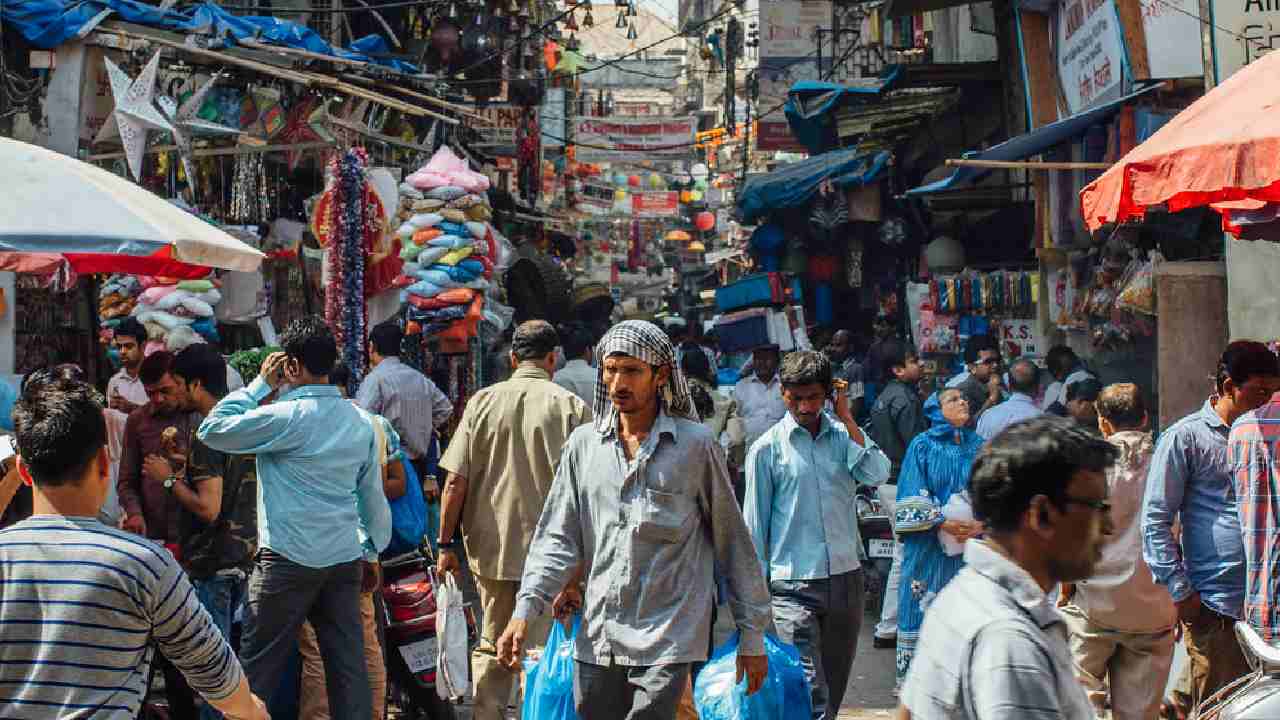The global population reaching 8 billion on November 15, 2022, signalling major improvements in public health that have lowered the risk of dying and increased life expectancy. But the moment is also a clarion call for humanity to look beyond the numbers and meet its shared responsibility to protect people and the planet, starting with the most vulnerable. “Unless we bridge the yawning chasm between the global haves and have-nots, we are setting ourselves up for an 8-billion-strong world filled with tensions and mistrust, crisis and conflict,” said UN Secretary-General António Guterres.
While the world’s population will continue to grow to around 10.4 billion in the 2080s, the overall rate of growth is slowing down. The world is more demographically diverse than ever before, with countries facing starkly different population trends ranging from growth to decline. Today, two-thirds of the global population lives in a low fertility context, where the lifetime fertility is below 2.1 births per woman. At the same time, population growth has become increasingly concentrated among the world’s poorest countries, most of which are in sub-Saharan Africa.
Against this backdrop, the global community must ensure that all countries, regardless of whether their populations are growing or shrinking, are equipped to provide a good quality of life for their populations and can lift up and empower their most marginalised people. The good news is that India’s population growth appears to be stabilising. The Total Fertility Rate — more or less the average number of children born per woman — has declined from 2.2 to 2.0 at the national level, UNFPA said.
A total of 31 States and Union Territories (constituting 69.7% of the country’s population) have achieved fertility rates below the replacement level of 2.1. The main reasons for decline in fertility include: Increase in adoption of modern family planning methods (from 47.8% in 2015-16 to 56.5% in 2019-21) and a reduction in unmet need for family planning by 4% points over the same period. This indicates significant improvements in access to family planning related information and services. In summary, it shows that India’s national population policies and health systems are working.
India is a youthful nation with the largest cohort of young people anywhere in the world, with major potential to achieve its demographic dividend. While many parts of the world are ageing, India’s youthful population can be a global resource to solve global problems.
“Today marks a historic moment for all of humanity. A world of 8 billion minds represents infinite possibilities for change. We must focus on investing in each person to achieve a quality of life that allows them to thrive equally and with dignity in our modern world, building inclusive societies and sustainable economies in the face of overlapping crises. And India, coupling efforts to drive gender equality with the greatest youth generation in history, supported by world class innovation in digital public goods, is positioned to help the world achieve the Sustainable Development Goals more than any other.” said Shombi Sharp, UN Resident Coordinator in India.
“The reproductive health and rights of women and girls are key to ensuring societies thrive amid demographic changes. When we’re talking about population trends, we’re not just talking about census data or surveys–we’re talking about a woman’s right to make choices about her body and her future. The reproductive rights and health of women must be protected irrespective of demographic trends. Issues like climate change and access to health care disproportionately impact the most vulnerable, especially women and girls. This day should incite the global community to commit to cultivating a world in which all 8 billion of us can thrive equally.” said Andrea Wojnar, UNFPA Representative India and Country Director Bhutan.
While the Day of 8 billion represents a success story for humanity, it also raises concerns about links between population growth, poverty, climate change and the achievement of the Sustainable Development Goals. The relationship between population growth and sustainable development is complex. Rapid population growth makes eradicating poverty, combatting hunger and malnutrition, and increasing the coverage of health and education systems more difficult. Conversely, achieving the SDGs, especially those related to health, education and gender equality, will contribute to slowing global population growth.
It took about 12 years for the world population to grow from 7 to 8 billion, but the next billion is expected to take approximately 14.5 years (2037), reflecting the slowdown in global growth. World population is projected to reach a peak of around 10.4 billion people during the 2080s and to remain at that level until 2100.


























